
Building Microservices. 2nd Edition Sam Newman
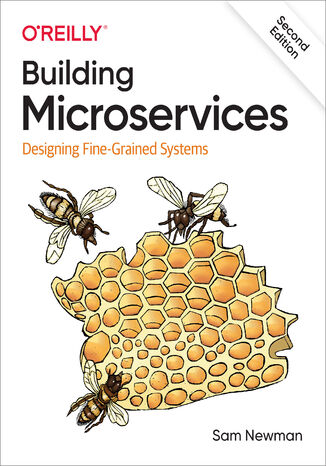



- Autor:
- Sam Newman
- Wydawnictwo:
- O'Reilly Media
- Ocena:
- Stron:
- 616
- Dostępne formaty:
-
ePubMobi
 opcje wysyłki »
opcje wysyłki »
Opis
książki
:
Building Microservices. 2nd Edition
As organizations shift from monolithic applications to smaller, self-contained microservices, distributed systems have become more fine-grained. But developing these new systems brings its own host of problems. This expanded second edition takes a holistic view of topics that you need to consider when building, managing, and scaling microservices architectures.
Through clear examples and practical advice, author Sam Newman gives everyone from architects and developers to testers and IT operators a firm grounding in the concepts. You'll dive into the latest solutions for modeling, integrating, testing, deploying, and monitoring your own autonomous services. Real-world cases reveal how organizations today manage to get the most out of these architectures.
Microservices technologies continue to move quickly. This book brings you up to speed.
- Get new information on user interfaces, container orchestration, and serverless
- Align system design with your organization's goals
- Explore options for integrating a service with your system
- Understand how to independently deploy microservices
- Examine the complexities of testing and monitoring distributed services
- Manage security with expanded content around user-to-service and service-to-service models
Sam Newman - pozostałe książki
O'Reilly Media - inne książki
Dzięki opcji "Druk na żądanie" do sprzedaży wracają tytuły Grupy Helion, które cieszyły sie dużym zainteresowaniem, a których nakład został wyprzedany.
Dla naszych Czytelników wydrukowaliśmy dodatkową pulę egzemplarzy w technice druku cyfrowego.
Co powinieneś wiedzieć o usłudze "Druk na żądanie":
- usługa obejmuje tylko widoczną poniżej listę tytułów, którą na bieżąco aktualizujemy;
- cena książki może być wyższa od początkowej ceny detalicznej, co jest spowodowane kosztami druku cyfrowego (wyższymi niż koszty tradycyjnego druku offsetowego). Obowiązująca cena jest zawsze podawana na stronie WWW książki;
- zawartość książki wraz z dodatkami (płyta CD, DVD) odpowiada jej pierwotnemu wydaniu i jest w pełni komplementarna;
- usługa nie obejmuje książek w kolorze.
Masz pytanie o konkretny tytuł? Napisz do nas: sklep@helion.pl
Książka drukowana



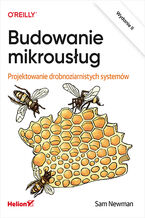
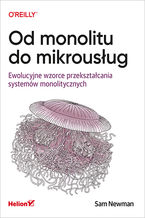
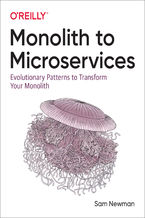

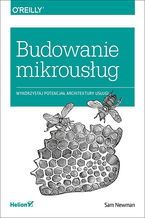





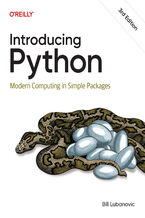
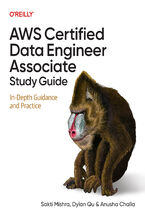
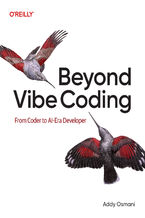
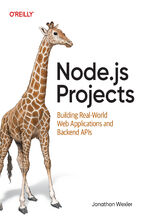
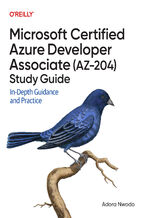
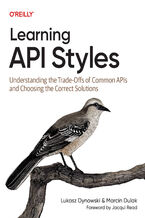
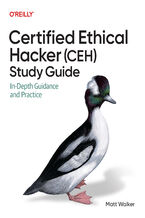
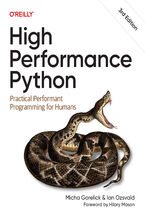
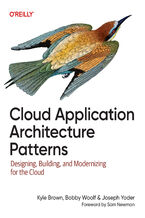
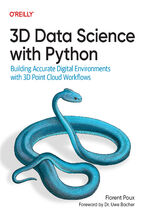



Oceny i opinie klientów: Building Microservices. 2nd Edition Sam Newman
(1)-
6
-
5
-
4
-
3
-
2
-
1
6.0(1)
(0)
(0)
(0)
(0)
(0)